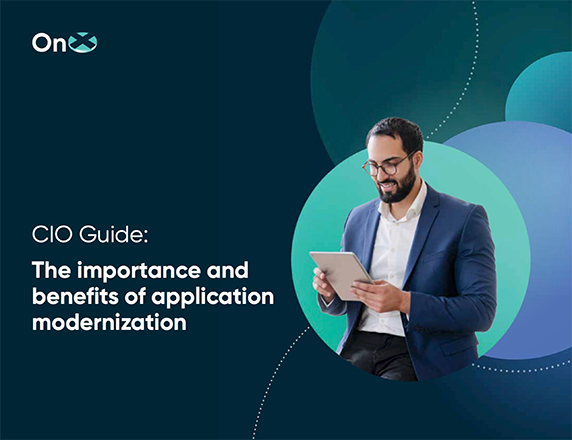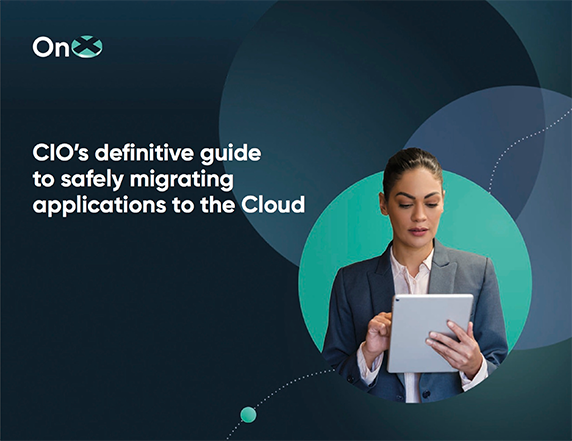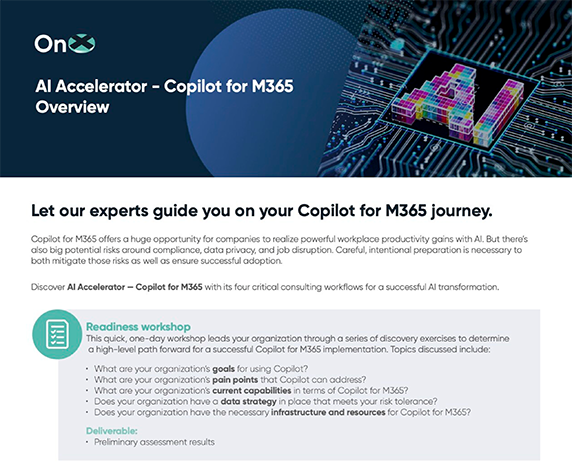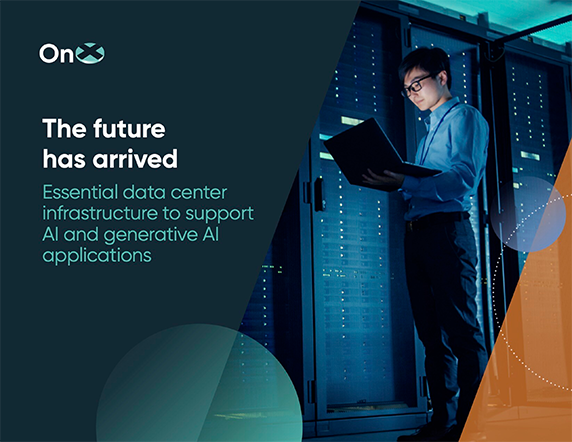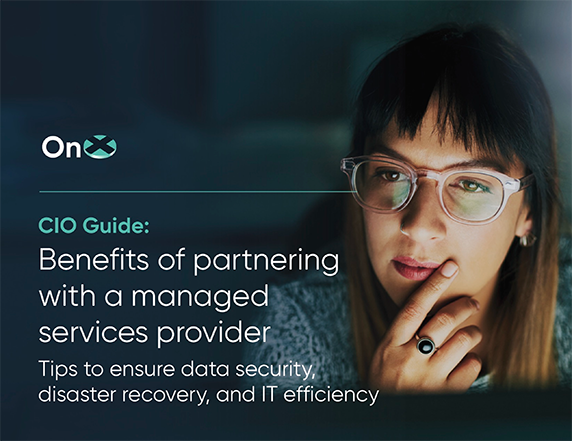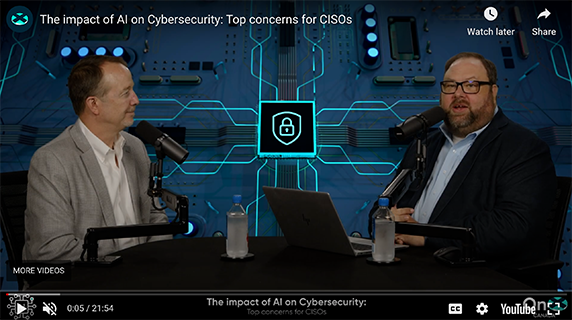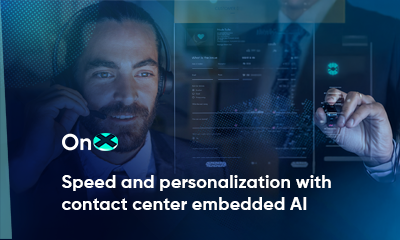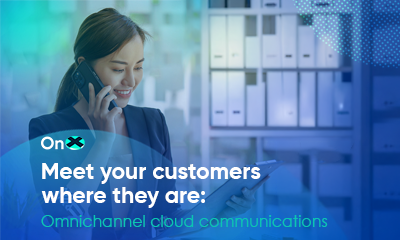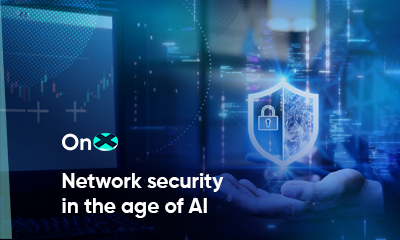
Businesses still relying on traditional hardware cannot simply discard those systems when they decide on a digital transformation. Instead, they need to balance maintaining a stable business and innovating to keep pace with the competition.
Traditional hardware will keep the business operating steadily but can also hinder its future development and ability to scale readily. For instance, the U.S. Government Accountability Office reported in March 2025 that “federal efforts to update old IT are years behind.”
One example included in the report is the outdated communications systems used by air traffic controllers, pilots, and other airport personnel, including some systems that are over three decades old. AI implementation also requires some degree of digital transformation, as large language models (LLMs) are usually not compatible with traditional systems.
Businesses that can fill the void separating traditional technology from generative AI (GenAI) can innovatively use their current infrastructure and data. For example, the massive amounts of data stored in legacy systems can teach AI models.
Ultimately, AI implementation is a continuous process during which businesses must constantly evaluate their requirements and resources. Organizations benefit when moving to an enterprise hybrid cloud because they gain the additional functionalities of AI while preserving the stable business operation provided by their legacy system.
Common challenges of legacy technology
Legacy systems are a double-edged sword; they maintain a stable business environment while posing a roadblock to future growth.
- Integration challenges: Incompatibilities between legacy systems and digital technologies introduce numerous obstacles for compatibility.
- Financial burden: Outdated systems lead to continuous maintenance costs, which can also impede flexibility.
- Cybersecurity weaknesses: Must be aware of and address security vulnerabilities in traditional systems.
- Noncompliance: Legacy systems may have issues meeting today’s compliance standards.
- Flexibility limitations: Outdated systems often struggle to accommodate evolving user needs and data growth.
- Obstacles to innovate: Maintaining legacy systems increases complexity of adopting modern technology.
Learn more: AI and digital modernization increase the need for public cloud services
Benefits of enterprise hybrid cloud architecture
Businesses can integrate AI into their existing technology without completely revamping the system by migrating to an enterprise hybrid cloud architecture. With hybrid architecture, certain systems stay on-site, and others move to the Cloud. This strategy for adopting AI is flexible, refined, and full of benefits.
Hybrid architecture allows for an incremental progression, so businesses can capitalize on AI’s game-changing influence while minimizing the risks that typically occur with total migration. Organizations can improve performance with this proven methodology. Additionally, they can keep essential on-site capabilities and tactically capitalize on AI functionalities based in the Cloud, driving technological progression and improving performance.
After pivotal elements of the technology landscape complete hybrid cloud migration, the business will start to benefit from:
- Enhanced scalability: Applications can be deployed at scale thanks to containerization and orchestration.
- Resiliency: Reduce downtime by distributing workloads and duplicating vital components.
- Cost-effective: Payment is based on current usage and typically results in value for the price.
- Facilitating innovation: Microservices are a direct path to quick implementation and innovation.
Six steps to implement enterprise hybrid cloud infrastructures
There are several aspects to enhancing operations with an updated infrastructure, including technology, the organization, and its business environment. For hybrid cloud implementation to truly benefit enterprises and to be advantageous to new technology adoption, staff must be trained, and maintenance and monitoring services must be in place.
At OnX, we often suggest gradually adopting new technologies, particularly AI implementation and cloud migration. Every approach has subtle differences depending on the stage of digital transformation the company is in. But speaking broadly, the process will include these steps:
1. Evaluate current infrastructure
During this step, evaluate where changes and the rate of return will be the most impactful by assessing the business’s overall technology infrastructure. Moreover, all organization staff involved in the digital modernization project should agree on the end goal. After everyone is aligned on this objective, upper management should lead a cultural shift within the organization to onboard other staff members with the process and purpose of modernization.
2. Select a technology partner
Finding a suitable technology partner is imperative to success. A team with expertise in implementing digital technologies can expedite the process and assist in realizing the goals of moving to enterprise hybrid cloud architecture. OnX offers both the experience of a managed services partner with implementation expertise and a network of best-in-class software and hardware vendors.
3. Define mitigation objectives
Every migration journey comes with pros and cons. There are five approaches to application migration:
- Rehost
- Refactor
- Replatform
- Rebuild
- Retire
4. Pilot/Proof of Concept (PoC)
Test drive your selected strategy and software tools with a pilot program to ensure its operability. Trialing a PoC limits risk in the long run and gains support from staff and all other parties involved. During this step, a feedback loop is also essential for gathering staff and stakeholder input to fine-tune the process and address unanticipated challenges.
5. Migration
The actual migration will take place after choosing a suitable migration process or combined approaches and ensuring the pilot’s successful navigation. You’ll also want to stay on the right side of compliance, data security, and governance during the migration. The adoption strategy should ensure system availability remains as constant as possible, including an effective backup plan. Automation tools can accelerate and track the actual migration.
6. Migration follow-up
A comprehensive performance evaluation after migration is critical because the newly transformed system must satisfy certain performance standards. Subsequent upkeep and enhancements will benefit from thorough records from this time. A process should also be created to develop ongoing upgrades so that the cloud-based architecture benefits from continuous updating and improvement. The solution provider should provide continual assistance to ensure your organization maximizes its modernized technology landscape.
Also read: Elevate legacy technology systems with cloud managed services
Innovating with traditional systems is certainly possible
Every business must prioritize both the ability to scale and maintaining continuity. This is a challenging endeavor, and things can go awry easily if the proper support is not in place.
OnX customizes the process of guiding your organization’s adoption of innovative technologies. Your business can enjoy the myriad benefits of enterprise hybrid cloud architecture and AI adoption, improving the organization’s operations and contributing to future success. Our robust solutions create AI-integrated workflows to ensure a streamlined progression from legacy systems to advanced AI capabilities.
Get in touch today to find out how OnX can assist your organization’s continued growth and drive greater returns from your investment in AI.

